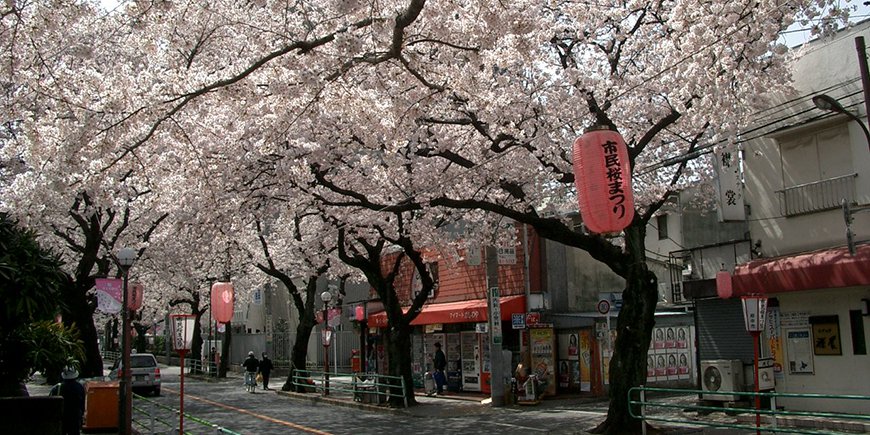
The Japanese language is radically different from English in so many ways, so how do these differences impact upon the world of translation?
Firstly, Japanese has three different scripts. There is the ‘hiragana’ (ひらがな) alphabet, which is a phonetic syllabary, a little like our ‘ABC’. Then there are ‘kanji’ (漢字), which are pictograms, many of which were originally derived from written Chinese. And finally there is ‘katakana’, (カタカナ) which is a phonetic syllabary used to write foreign words, like ‘television’ – テレビ (pronounced ‘terebi’.)
In addition to the fact there are essentially three different scripts used to write the language, there are also significant differences when it comes to grammar and language structure. Japanese word order is different from English word order, as in Japanese, the verb always comes last. There are also many, many different levels of politeness in Japanese, depending on whom one is interacting with and the context of the relationship. This can pose a real challenge for non-Japanese speakers.
So how do these fundamental linguistic differences affect Japanese translation projects?
When it comes to written translation projects, our in-house Project Managers have to ensure that they are very clear when discussing the spec of the project with Japanese linguists. The target audience will obviously influence the register (the level of politeness and correspondingly, the language used) which the linguist opts for, when producing their written translations.
As we’ve seen, Japanese uses several scripts, which means that when it comes to Japanese transcription from audio or video, the text will appear more succinct. It will look shorter, but will convey the same meaning. This has a knock-on effect when it comes to Japanese subtitling too, as the restriction on characters-per-line changes. Usually not more than fourteen characters should be used for one line of Japanese subtitles, whereas the restriction is thirty-five characters for most European languages.
We haven’t even looked into date systems and numbering systems – they can be different in English and Japanese. We haven’t considered the inherent difficulties involved in translating Japanese sentence structures – they can’t simply be mapped on to English sentence structures – or what happens if you type a kanji wrong – a meaning can be changed completely!
Need help?
Should you require our help with Japanese translation do not hesitate to get in touch with us and our team will do their best to help you. Just contact us.
